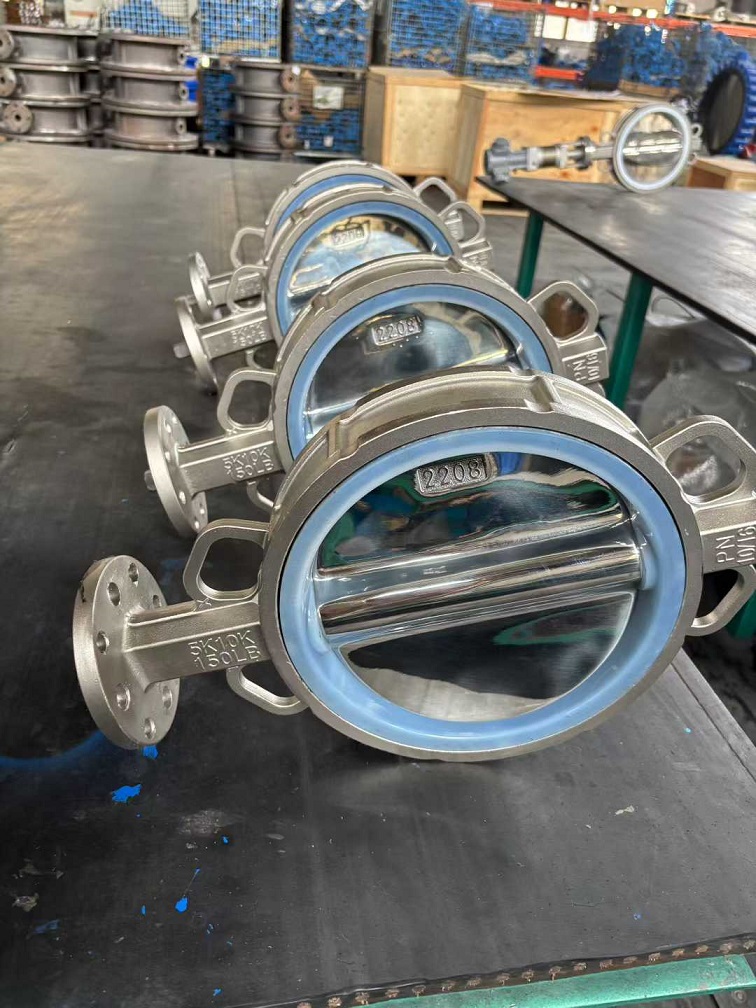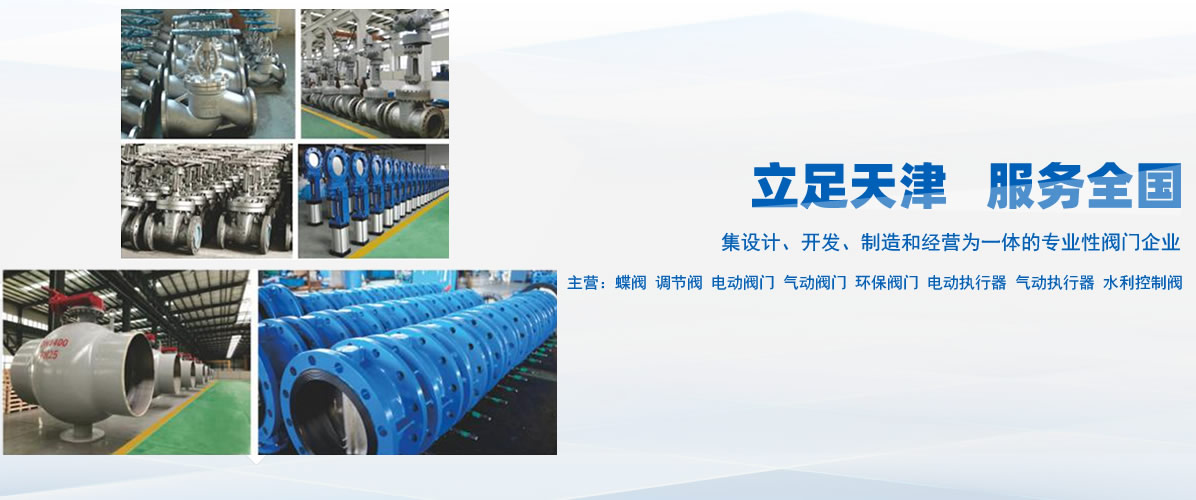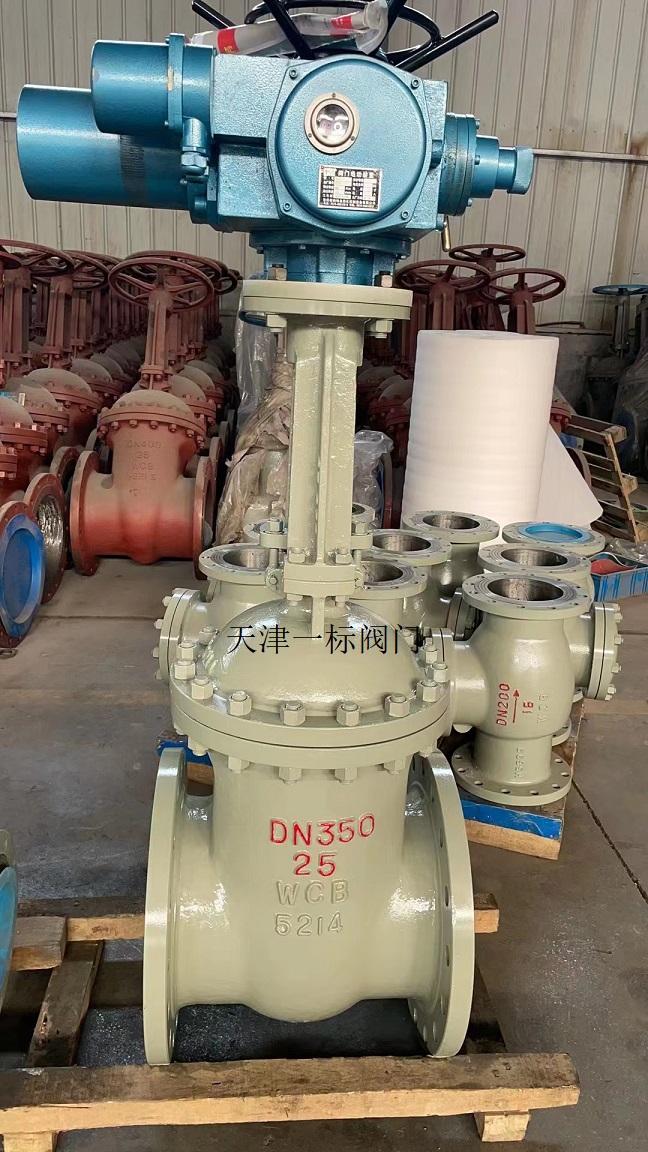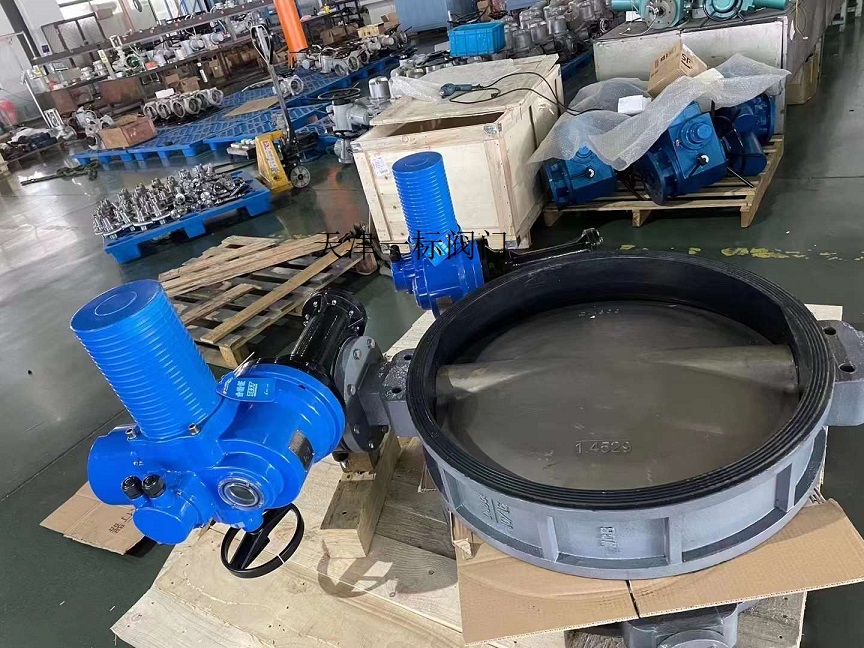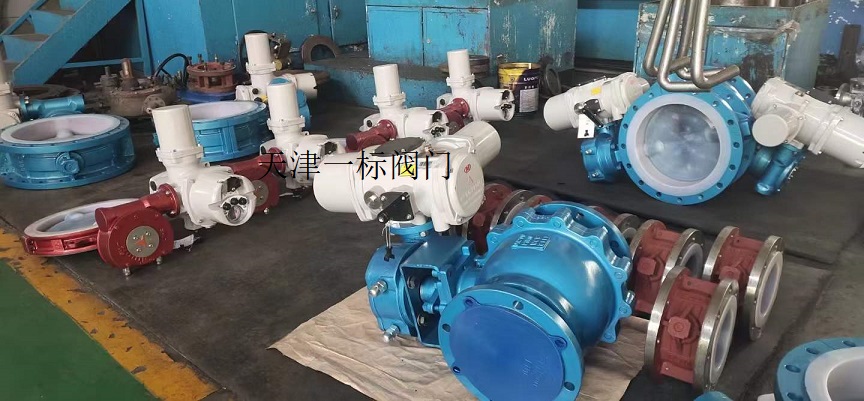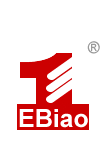Electric anti-corrosion butterfly valve
阀门型号:D971F,D971XValve models: D971F, D971X
Diameter specification: DN40 to DN300mm
Structural form: Medium line type
Valve body material: UPVC, CPVC, PP, PVDF
Nominal pressure: PN10
Applicable temperature: -40 ℃ -180 ℃
Application scope: General pure water and drinking water, acid-base, corrosive liquids
Product features: Strong corrosion resistance, wide application range, wear-resistant, easy to disassemble
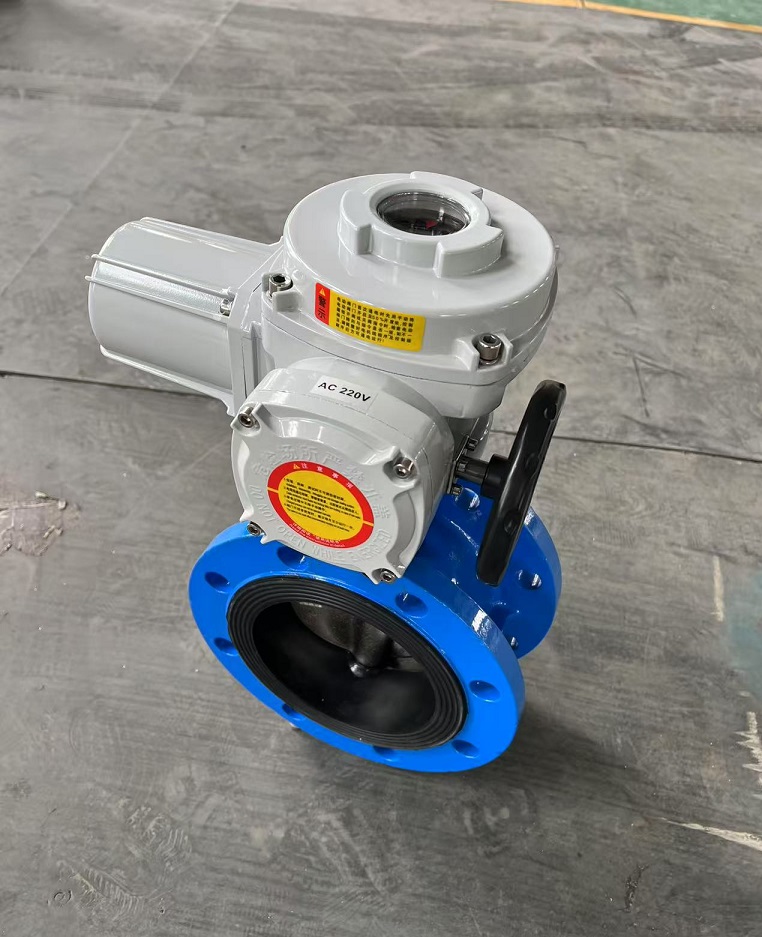
The following is a comprehensive technical analysis and application guide for electric anti-corrosion butterfly valves, combined with industry-leading technologies and mainstream market solutions:
1、 Core technical characteristics
Anti corrosion design
Sacrificial anode technology: Magnesium anode blocks are embedded on both sides of the butterfly plate to actively protect the metal components of the valve body through electrochemical principles, significantly reducing the corrosion loss of the butterfly plate and extending the service life of the valve.
Fully lined with fluorine: The valve body and butterfly plate are lined with PTFE/FEP/PFA and other fluoroplastic materials, which are resistant to strong acids, alkalis, and organic solvents. They are suitable for temperatures ranging from -29 ℃ to 180 ℃.
Sealing and Structural Innovation
Anti flying valve stem: The integrated design of butterfly plate and valve stem eliminates the risk of valve stem detachment when the valve chamber is abnormally pressurized.
Low leakage seal: metal hard seal+fluoroplastic composite structure, with a leakage level of VI (ANSI standard), meeting the sealing requirements of harsh working conditions.
Detachable dual valve body: The sealing preload is adjusted by bolts, and there is no need to disassemble the pipeline during maintenance.
Electric execution configuration
The actuator supports AC220V/380V or DC24V power supply, with a protection level of IP67/IP68, and optional switch type or 4-20mA adjustable control.
90 ° opening and closing stroke, torque ≤ 50N · m (DN100 caliber), opening and closing time ≤ 15 seconds.
2、 Comparison of key parameters
Project UPVC material stainless steel lining fluorine sacrificial anode type
Applicable medium: weak acid/alkali solution, highly corrosive chemical medium, chloride ion water body
Temperature resistance range -10 ℃~60 ℃ -29 ℃~180 ℃ -20 ℃~120 ℃
Nominal pressure PN1.0-PN1.6 PN10-PN40 (300LB) PN1.6-PN2.5
High flow capacity, high flow resistance (Cv value ≤ 15), low flow resistance (Cv value ≥ 210), medium flow resistance
3、 Application scenario adaptation suggestions
Chemical/New Energy Sector
Strong acid transportation (such as hydrofluoric acid, electrolyte): Priority should be given to using fully lined fluorine stainless steel valve bodies with a pressure resistance of ≥ PN25.
Particle containing slurry: equipped with anti seize bearings and scraper type sealing structure to avoid particle accumulation.
Water treatment/environmental engineering
Seawater desalination/sewage treatment: using a sacrificial anode+316L valve body combination to cope with chloride ion corrosion.
CIP cleaning system: UPVC valves meet weak corrosion conditions at room temperature, reducing costs by 40%.
Pharmaceutical/Food Industry
High cleanliness pipeline: choose electrically polished 316L substrate+EPDM seal, in compliance with FDA certification standards.
